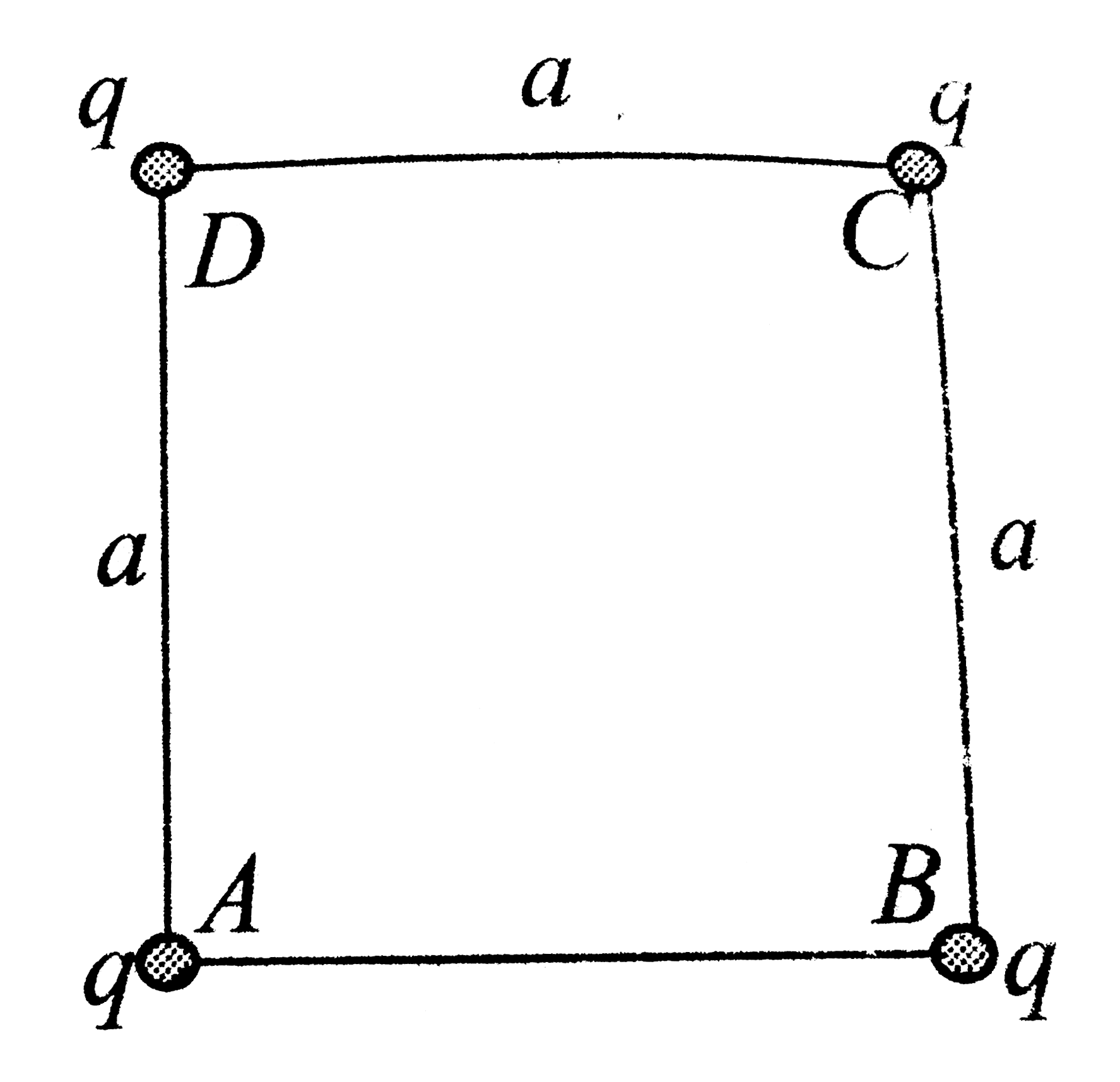Four equal positive charge are fixed at the vertical of a square of side L. Z-axis is perpendicular to plane of the square. The point Z=0 is the other. The plot of electic field due to the charges, as one moves on the Z-axis is




The correct Answer is:D
Step by step video, text & image solution for Four equal positive charge are fixed at the vertical of a square of side L. Z-axis is perpendicular to plane of the square. The point Z=0 is the other. The plot of electic field due to the charges, as one moves on the Z-axis is by Physics experts to help you in doubts & scoring excellent marks in Class 11 exams.
Updated on:21/07/2023Topper's Solved these Questions
- ELECTROSTATICSBOOK - DC PANDEYCHAPTER - ELECTROSTATICSEXERCISE - JEE Advanced
44 Videos
- ELECTROSTATICSBOOK - DC PANDEYCHAPTER - ELECTROSTATICSEXERCISE - Comprehension
36 Videos
- ELASTICITYBOOK - DC PANDEYCHAPTER - ELASTICITYEXERCISE - Medical entrances s gallery
21 Videos
- EXPERIMENTSBOOK - DC PANDEYCHAPTER - EXPERIMENTSEXERCISE - Subjective
15 Videos
Similar Questions
Knowledge Check
Four equal electric charges are arranged at the four corners of a square of side 'a'. Out of these four charges, two charges are positive and placed at the ends of one diagonal. The other two charges are positive and placed at the ends of the other diagonal. The energy of the system in
AnegativeBpositiveCless than 14πε0(2q2a)Dgreater than 14πε0(2q2a)Four point positive charges are held at the vertices of a square in a horizontal plane. Their masses are 1kg,2kg,3kg,&4kg. Another point positive charge of mass 10kg is kept on the axis of the sqaure. The weight of their fifth charge is balanced by the electrostatic force due to those four charges. If the four charge on the vertices are released such that they can freely move in any direction(vertical, horizontal etc.) then the acceleration of the centres of mass of the four charges immediately after the release is (Use g=10m/s2)
A10m/s2 downwardB20m/s2 downwardCzeroD10m/s2 upwardTwo equal negative charges are fixed at points and on y-axis. A positive charge Q is released from rest at the point on the x-axis. The charge Q will:
Aexecute simple harmonic motion about the originBmove to the origin and remain at restCmove to infinityDsame as at point 25 cm aways form the surface
Point charge q s placed at a point on the axis of a square non-conducting surface. The axis is perpendicular to the square surface and is passing through its centre. Flux of electric field throught he square caused due to charged q is ϕ. If the square is given a surface change of uniform density σ, find the force on the square surface due to point charge q.

View SolutionFour identical positive point charges Q are fixed at the four corners of a square of side length l. Another charged particle of mass m and charge +q is projected towards centre of square from a large distance along the line perpendicular to plane of square. The minimum value of initial velocity v0 (in m/s) required to cross the square is ?
(m=1gm,l=4√2m,Q=1μc,q=0.5μc)

View SolutionMoment of inertia of a square plate of side l about the axis passing through one of the corner and perpendicular to the plane of square plate is given by :
View SolutionTwo equal positive charges Q are fixed at points (a, 0) and (−a,0) on the x-axis. An opposite charge -q at rest is relased from point (0, a) on the y-axis. The charge -q will
View SolutionTwo positive charges of magnitude q are placed at the ends of a side ( side 1) of a square of side 2a . Two negative charges of the same magnitude are kept at the other corners . Staring from rest , n a charge Q moves from the middle of side 1 to the centre of square , its kinetic energy at the centre of square is -.
View Solution


 .
.